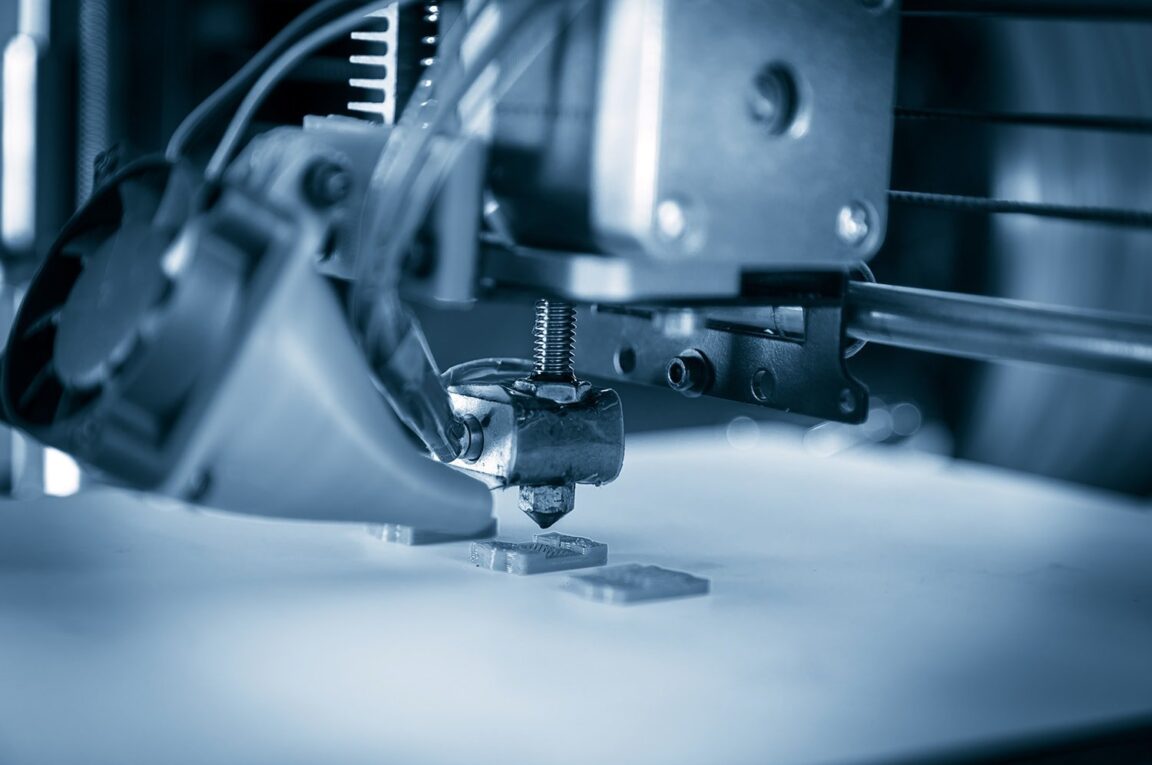Additive manufacturing, popularly known as 3D printing, has significantly advanced over the past decade. What started as a rapid prototyping technique is now being used to manufacture end-use products across industries like aerospace, medical, consumer products and more. A key enabler of this transition has been the development of new polymers suitable for additive manufacturing.
Types of Polymers Used in 3D Printing
Thermoplastics: Thermoplastics like acrylonitrile butadiene styrene (ABS), polylactic acid (PLA) and nylon are some of the most commonly used 3D printing materials owing to their ability to be melted and re-solidified repeatedly without degradation. Fused deposition modeling (FDM) is the most widely used 3D printing process which works by heating and extruding thermoplastic filaments through a nozzle to build layers. Thermoplastics Polymers for Additive Manufacturing allow for high strength, durability and repeatability in FDM printing.
Photopolymers: Photopolymerization or Stereolithography (SLA) works by curing liquid photopolymer resins using ultraviolet light. When exposed to light of a specific wavelength, photopolymers undergo polymerization and harden rapidly. Resins like acrylated epoxies and urethanes provide high resolution and accuracy in SLA printing of intricate parts. Areas of dental implants, orthotics and consumer electronics benefit from SLA.
Polyamide: Nylon or polyamide, with its high strength and durability, has become a popular material for multi-jet fusion (MJF) 3D printing. In MJF, layers of powdered nylon are selectively bonded using an inkjet printhead. The process results in fully dense prototypes and products that can withstand temperatures up to 80°C. Aerospace, automotive and medical are key industries adopting nylon 3D prints.
Polymers Improving 3D Printing Applications
Medical Implants: Developments in photopolymers, polyetherketoneketone (PEKK) and polyether ether ketone (PEEK) have enabled 3D printing of complex, personalized implants, medical devices and prosthetics. Implants can now be customized for individual anatomy and installed with minimal invasive procedures reducing recovery time. Specialty polymers like bio-compatible PEEK and PEKK provide the strength and durability required for long-term implant use.
Aerospace Applications: Lightweight thermoplastics like polyetherimide (PEI), polycarbonate (PC), PEEK and PEKK allow the additive manufacturing of lightweight, high strength parts for aerospace. Complex airframe components that were unprintable before due to geometry are now being 3D printed. Polymers also improve repair/replacement of older parts reducing aircraft downtime. Recent space missions have used additively manufactured plastic parts successfully.
Consumer Products: Advances in olefin polymers like polypropylene (PP) and thermoplastic polyurethane (TPU) have enabled multi-colored, multi-material 3D printing of lightweight consumer products. They can fuse with other filaments or be printed as composites with carbon fiber or wood fill for strength. Application areas include customized sports gear, fashion accessories, toys, electronics enclosures and more.
Polymer Composites Expansion: Filled and reinforced polymers are expanding the capabilities of 3D printing. Carbon/glass fiber or metal filled nylon, PEEK and PEI provide higher strength, heat resistance and electrical conductivity. Solid concepts, Markforged and VELO3D offer printing technologies optimized for carbon reinforced thermoplastics. Composites allow load-bearing, structural parts with properties closer to machined metals.
Challenges and Future of Polymer 3D Printing
Despite advances, current challenges to wider polymer 3D printing adoption include high material costs, lack of recyclability, limited print sizes/speeds and need for post-processing. Research is ongoing to develop renewable bio-polymers, optimize recycling methods and reduce shrinkage/warpage in prints through new resin formulations.
Multi-polymer and multi-material printing combining elastomers, thermoplastics and photopolymers through single extruder/printhead also presents possibilities. Nanofillers/carbon allotropes could enhance mechanical, thermal and electrical properties. Digital material libraries cataloging performance data will accelerate material qualification. Advances in polymer science will continue expanding the boundaries of 3D printed parts.
Overall, polymers have been pivotal in unlocking the potential of additive manufacturing across industries. With ongoing material innovations targeting properties, sustainability, and streamlined processing, 3D printing of polymers is expected to take over traditional manufacturing increasingly for low to medium volume production and customization needs. The future looks bright for customized, personalized and on-demand polymer 3D printing applications.
*Note:
1. Source: Coherent Market Insights, Public sources, Desk research
2. We have leveraged AI tools to mine information and compile it

